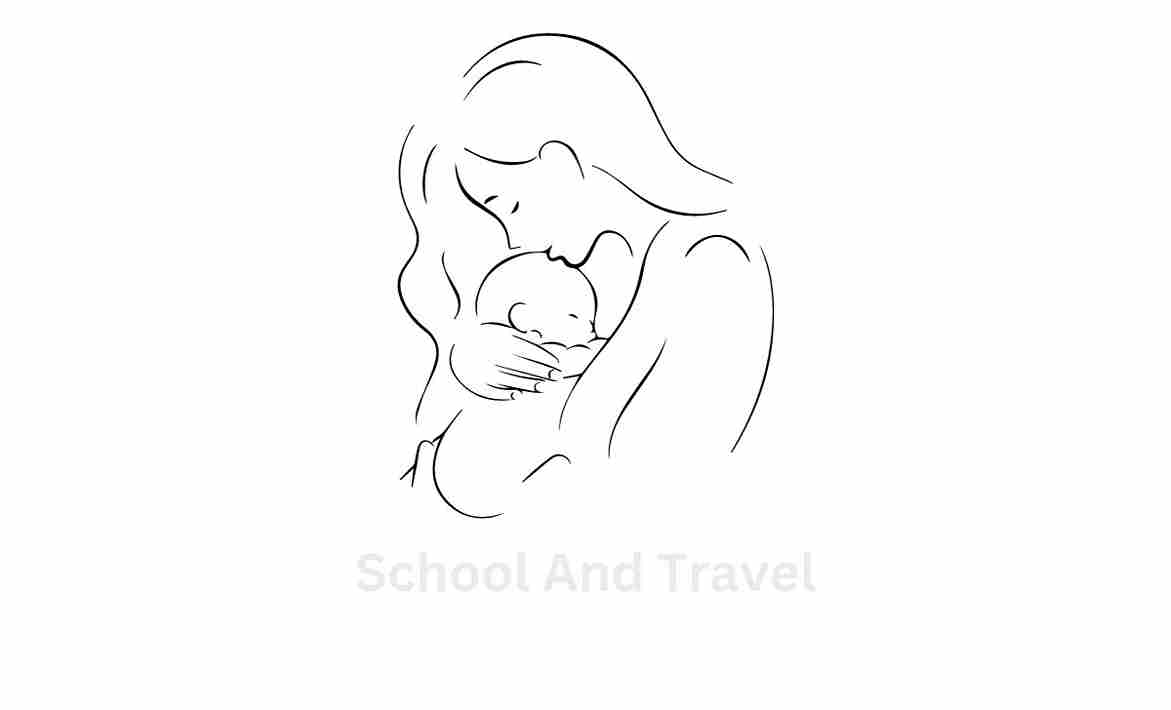Many teachers do not seem to be aware of the meaning of academic rigor. They do not even know how to inculcate academic rigor within their classes or in their activities. Most of them seem to have the wrong meaning attached to them.
Academic rigor is about creating or working out a syllabus that challenges your students and not putting your students under undue pressure.
As a teacher, when you understand the meaning, you can use it to measure the teaching outcome and also the understanding level of your students. It helps a teacher know what the real achievement really is and not chasing the shadows.
When you understand the concept, you will know when your student is been frustrated. Academic rigor helps the student to grow, think exceptionally and perform very well.
On the other hand, the student is compelled to grow, develop their ability to think and understand. Even the standards of the lesson help the students grow gradually so the student doesn’t become frustrated in the process of learning.
Phases of Academic Rigor
There are three phases involved when it comes to academic rigor. They include:
- Setting the standard for students.
- Equipping students through instructional and supportive methods.
- Student demonstration of achievement.
Setting the standards so the students can follow
There is a particular degree we expect the students to reach at least to show they are learning and most important of all, understanding what is being taught.
Most times, the expected results are not got because we do not explain to the students what is expected of them. We make the goal blurry and less defined which is not recommendable.
Academic rigor helps make known to the students what is expected of them. This is what your class would look like if the standard is communicated to them.
- The class to a large extent performs excellently well.
- The teacher believes in the students and tells them what is expected of them
- The lesson and tests will be designed in a way that would help the students reach the expected outcome or result.
- The students can review what they have learned and ask reasonable questions where confused.
- The fellow students will give brilliant answers to the questions that have been asked.
- The students encourage one another to do better.
Equipping students through instructional and supportive methods.
The teachers support the students by using some instructional methods that can help the students to be up and about. It makes the students sit up and improve where they are slacking. The teacher also ensures that the materials are made available to the students at all times so they can study adequately.
A class that is provided with the right materials will:
- Have their lessons move progressively to another stage.
- Get guidance through the courses.
On the other hand,
- The teacher will available to help the students pull through difficult sections.
- The content of the material can be explained in such a way that is relatable to the students.
Read this: Academic Interests: How to quickly develop one (Fast)
Student demonstration of achievement.
The students are assessed thoroughly to ensure that the students understand all that has been taught.
These are the various ways through which the students can ascertain if they have improved or not.
- They go through rigorous tests to ensure they are adequate.
- Students are given the chance to work independently to know how well they can perform.
- The students will relate the materials to life examples to make sure they completely understand.
- The answers provided should be rated very high.
- The students will not seek an easy way out when challenged.
- By this, the students will be made aware of their levels and if the improvement is needed, then they will go for it.
Academic Rigor to the Parents:
Academic rigor is not when the students are burdened with so much assignments than they can finish, it is when the students are being challenged to make better efforts and yield brilliant results.
If a school is engaging in academic rigor this is what you will see:
- The teacher encourages the students that they can do it.
- The students are engaged in learning.
- There are signs of critical thinking, problem-solving, Collaboration, and Oral and Written Communication.
- They encourage the analysis of information.
- They encourage creativity and imagination.
- Students are shown multiple ways to demonstrate their understanding and that they learned well.
- Small group work or interactive sessions are encouraged.
- Students ask questions and feel safe about it.
Read this: What is College Readiness? (Major tip and boosts)
Awesome one, I hope this article answered your question.




